It’s easy to fall into a rut, shooting the same things the same way. Your photography becomes stale and enthusiasm wanes.
My solution is to goof around, try things that shouldn’t work but do in ways I didn’t anticipate. Most of the time these little experiments yield dreck but when they work, the results are unique.
Once at the Kumbh Mela festival in India, I walked besides groups of sari-clad ladies like some kind of stalker, my DSLR on high speed drive. I was shooting long exposures, trying to find the perfect blur. Most images looked like mistakes, but a few billowed with color with just enough structure to suggest humans in motion.
A few years later I wrote “You Can’t Do That with Medium Format” to document that given the right circumstances, medium format cameras deliver superior results with subjects normally considered the province of fast, responsive DSLRs. My examples featured street photography in India and Singapore, wildlife in Madagascar, and climbing in the North Cascades. I found that working near the technical boundaries of the cameras and myself, produced superior resolution. More importantly, the difficulties forced me to approach image creation in a different way; in this case with exacting preparation combined with speedy execution. Pleased with my results, I continue to look for more “wrong” ways to shoot.
I was always attracted to rangefinders. As a climber, I appreciated their light weight and compactness while the detail extracted by Leica and Zeiss glass delighted my inner image quality fanatic. One can move through a crowd photographing like a thief with no-one the wiser. There was the pleasure of acquiring skills such as focusing the rangefinder rapidly or anticipating an event to capture Cartier-Bresson’s decisive moment, hence their status as ultimate street and reportage cameras.
Without autofocus, shutter priority, fast motor drive, long lenses, true zooms or many of the features common to DSLRs, one tends to look for subjects that fit the rangefinder’s strengths. At first blush, wildlife photography appeared off limits- I’d only seen a few successful animal images shot with a rangefinder- so that’s what I decided to try. I wondered if difficulties would once again spark creativity.
The experiment began on a photo tour in Iceland. I arrived with only a Leica M9 and three lenses, a nice kit for landscape and people photography which I hoped to extend to bird photography.
The cliffs of Látrabjarg in the remote Western Fjords are home to hundreds of Atlantic Puffins. It is both unethical and fruitless to try to approach them too closely. I noticed that they often landed in one grassy area at the brink of a cliff. I crawled within a few feet of the edge with a 90mm at the ready, the longest lens in my arsenal, and waited for them to come to me. As I’d hoped, several landed on the spot for a moment before gliding down to a nest. One fellow briefly spread his wings in profile, granting me one stellar shot.
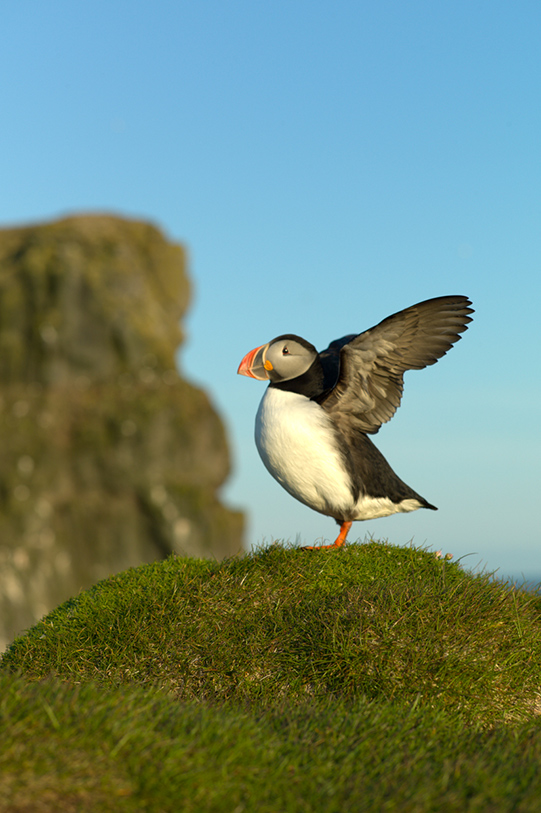
A puffin stretches its wings for a moment before returning to its nest.
Leica M9; Leica 90mm f/2.8 Elmarit
From that moment, I was on the lookout for opportunities to capture wildlife images with a rangefinder. Without the limitations it had imposed, I would have shot at a distance, an entirely different experience and a totally different rendering of the image.
I brought my Leica Monochrom to Namibia intending to get as close as possible to the animals. I had no idea how close that would have to be.
We stayed at Na’ankuse, an animal rescue facility and lodge not far from Windhoek, the capital. Among the rescues were several well-habituated cheetahs and a young caracal. We were of no interest to any of the cats. The cheetahs vogued like angular fashion models. I would place myself in their path, pre-focus on a rock or tuft of grass, click the shutter, and reposition myself for another try.
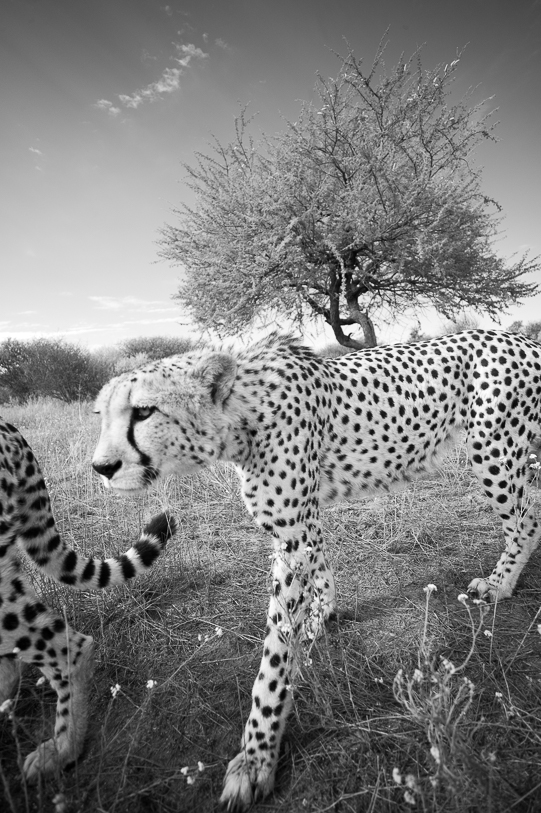
These cheetahs didn’t deviate from their course as they passed by. Leica Monochrom; Zeiss 50mm f.1.5 Sonnar
The caracal, which looks much like a lynx, was a hyperactive youngster. Even with pre-focusing or zone focus, his peripatetic wanderings rarely slowed enough for me to grab a shot. When he climbed up a dead snag, I guessed he would move in a specific plane and his body would add a critical line to the composition. I focused on a branch I thought he would visit and waited. In time, he climbed above the branch and leapt. I had one chance to catch the moment, and with a very large dollop of luck, the moment made it to the sensor. The result is the image at the head of this article.
This was in no way wildlife photography. I had to work in the bush. Once, I got as close as possible to a rock hyrax, but he was still a small part of the image. Elephants, however, easily filled the frame. Shooting them around a waterhole was easy; I could keep my distance. For a closer vantage point, I waited in my vehicle for a large bull to approach. I had fled from angry elephants in the past and didn’t want to disturb the old fellow so I shot out the window with the engine idling and my foot by the gas pedal. He sauntered by, unperturbed.
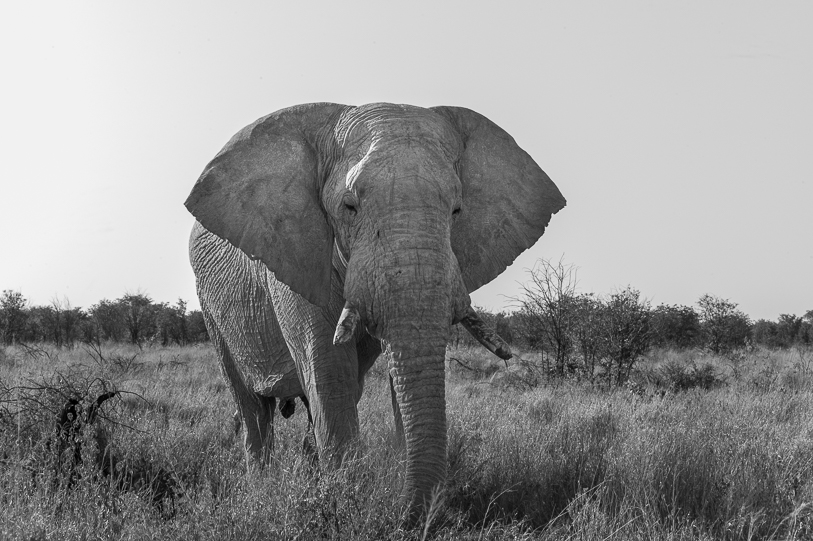
A battered bull elephant approached closely while feeding on dry plants.
Leica Monochrom; Leica 90mm f/2.8 Elmarit
The rangefinder experiment was a modest success. The number of excellent shots per day fell, as did the total number of images, a consequence of single shot photography and the difficulty of getting in position, even with habituated animals. However, I grew to prefer the rangefinder rendering. Most wildlife photographs are shot with long lenses that compress the image and reduce depth of field. The rangefinder shots displayed a more natural look.
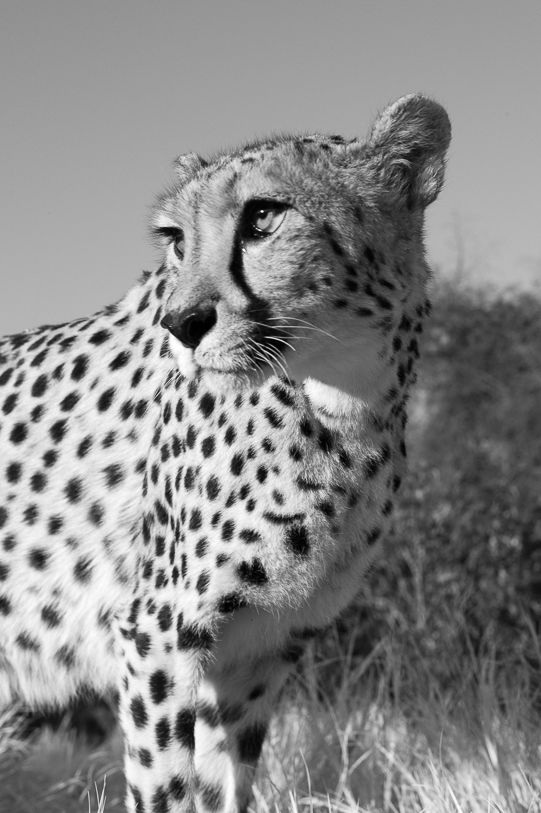
The cheetah positioned herself on a prominence, scanning the horizon for interesting antelopes.
Leica Monochrom; Zeiss 50mm f.1.5 Sonnar
While you could argue that close ups shot with long telephotos create a sense of intimacy, I contend that a short lens perspective delivers greater impact, especially when you get close to the subject. DLSRs with big glass will always be the first choice for wildlife, but when the opportunity arises, short focal length lenses have a place.
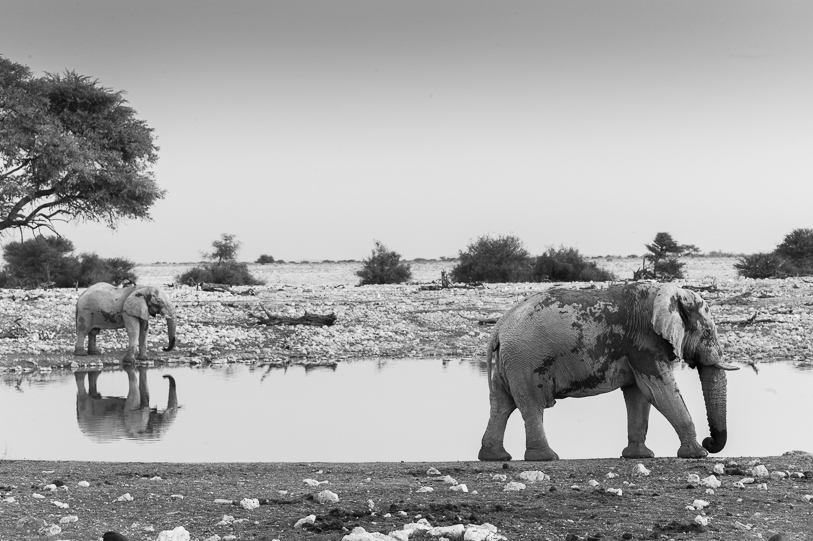
A waterhole attracted a group of elephants at dusk.
Leica Monochrom; Zeiss 50mm f.1.5 Sonnar
Shooting with a rangefinder reminded me of a line from the Grateful Dead cover of Lonesome Road Blues, “I’m going where the climate suits my clothes.” Ultimately, we must adapt to the capabilities of the equipment, but stretching the limits, experimenting, and playing are fun, and enjoyment leads to better photography and a richer life.
Editor’s note
Jim Martin is an excellent photographer and a good friend.
He has written and photographed professionally since 1989. His articles and photographs have appeared in a large number of publications, including Sports Illustrated, Summit, Smithsonian, Outside, Backpacker, Climbing, Outdoor and Travel Photography, Boys’ Life, Ranger Rick, Outdoor Photographer, Destination, Blue, Audubon, and Rock & Ice.
His most recent books are Digital Photography Outdoors, and Planet Ice. He has hiked to Everest Base Camp, soloed across the Andes, climbed Kilimanjaro and the Mountains of the Moon, visited Greenland twice, and led trips to Antarctica.
He wrote Masters of Disguise: the Natural History of Chameleons, the first comprehensive book on chameleons in English. A series of his coffee table books have been published by Sasquatch Press.
Jim currently leads photography tours around the world.


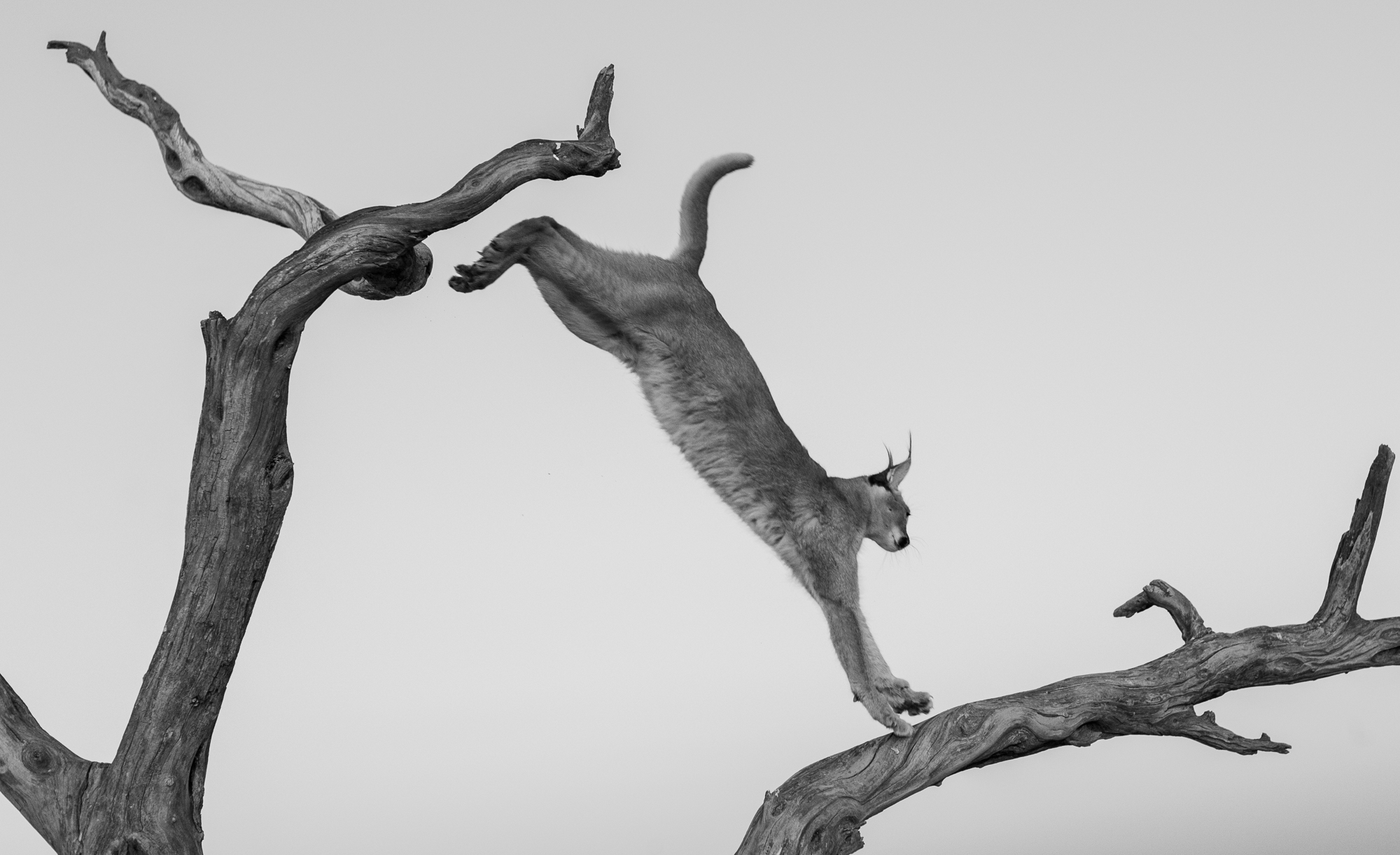



Your Thoughts